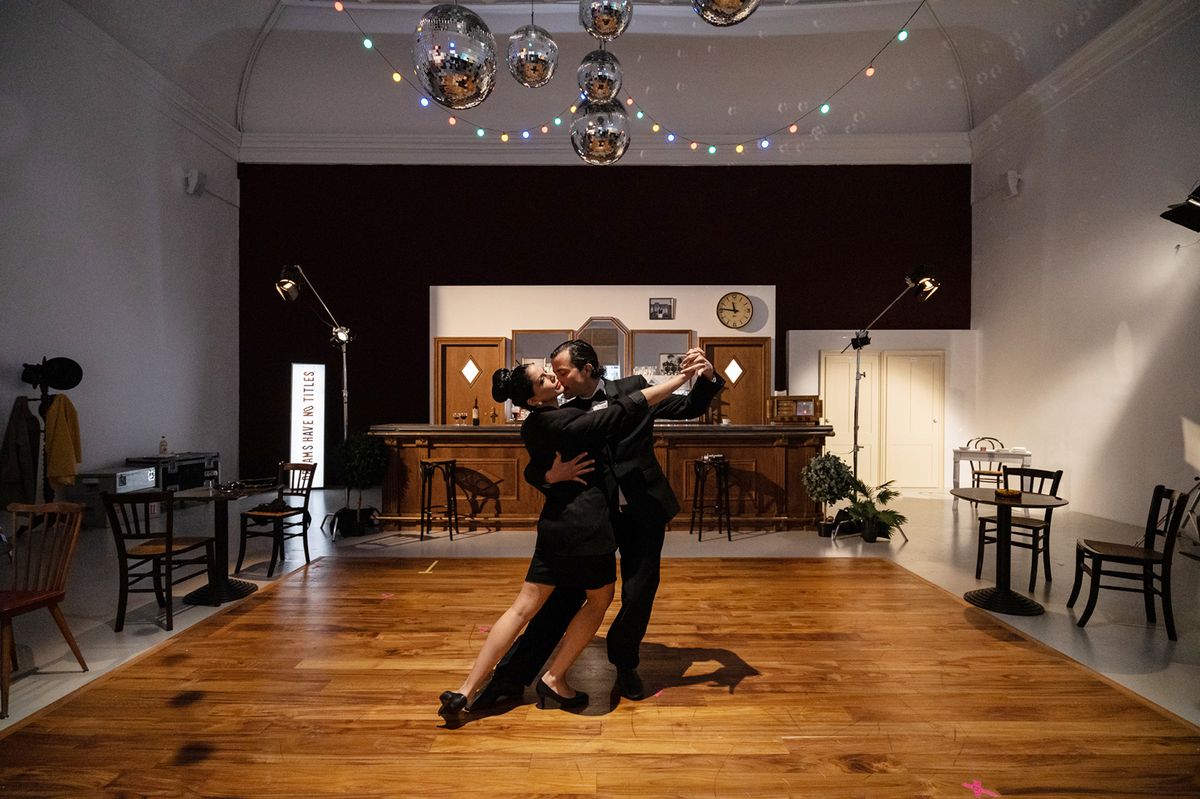Five years after #MeToo, the art world is taking small steps to redress some of the enormous inequalities still facing female artists. In recent months, several major galleries have signed high-profile older women, many of whom launched and sustained artistic careers long before the industry cared.
Among them are Sonia Boyce, Zineb Sedira and Acaye Kerunen, who were all picked up in the run-up or immediately following their pavilion presentations at the Venice Biennale—this year heavily weighted towards women. (Of the 213 artists included in curator Cecilia Alemani’s exhibition, only 21 are male.) Boyce is now represented in the UK by London’s Simon Lee Gallery; Sedira has joined Goodman Gallery, which represents her in South Africa, the UK and the US; while Kerunen has signed to mega-galleries Pace and Blum & Poe as well as the Viennese Galerie Kandlhofer.
Stephen Friedman Gallery, meanwhile, has brought on two women recently: Anne Rothenstein, who joined the roster after being discovered on Instagram, and Caroline Coon, an activist, journalist and one-time manager of the rock band The Clash who, for a period, supported her practice as a sex worker. Both in their 70s, neither women have had gallery representation before.
While such additions to dealers’ books go some way to redressing long-standing imbalances in the market, there are still huge discrepancies across the majority of galleries—both in terms of representation and prices. Of the 47 artists listed on Simon Lee’s website, 16 are women. Of Goodman Gallery’s 48 artists, 16 are women. Pace represents 119 artists, 35 of them women; at Blum & Poe, 19 of its 60 artists are female; while seven of the 15 artists represented by Galerie Kandlhofer are women. At Stephen Friedman Gallery, 13 out of 35 artists are female.
The price gap makes equally dismal reading and appears to have barely improved over the past five years. A recent survey by the British artist and curator Helen Gorrill, of the prices of 5,000 paintings sold at auction globally, found that for every £1 a male artist earns for his work, a woman earns just 10p. Gorrill, the author of Women Can’t Paint, also found that “affluent men” consistently down value works signed by women—but created by AI—proving there is clearly a stigma towards female artists.
Of plans to scrap gender pay gap reporting in the UK for companies with up to 500 staff, Gorrill says: “I am dismayed. In the contemporary art market we have a 90% gender value gap. This is comparable only to football’s gender pay gap. Surely, if the art world is as progressive as it claims to be, then it needs to move with the times and make changes to be a more equitable institution? Presently, it is very Victorian in its outlook.”
The museum effect
Gorrill’s research and that of others, including the journalists Charlotte Burns and Julia Halperin (whose new report on representation of female artists in museums and the market is out next month), has consistently demonstrated a direct correlation between museum shows and art prices.
Indeed, it is not lost on observers that institutions in London—and particularly Venice—are currently showing a disproportionate number of male artists: Lucian Freud, William Kentridge, Anish Kapoor, Joseph Beuys, Anselm Kiefer, Markus Lüpertz and Georg Baselitz (who famously said female artists are not recognised because they simply don’t paint very well”) among them.
As Gorrill puts it: “When artists are collected by museums, the value of their artwork tends to soar on the secondary and primary market. By largely collecting work by male artists, influential museums are helping to create a gendered inequality of wealth.
“Without museum validation, galleries often lose interest in women—particularly as they age, because women are often still judged commercially, on how they look rather than simply the artwork they create.”


